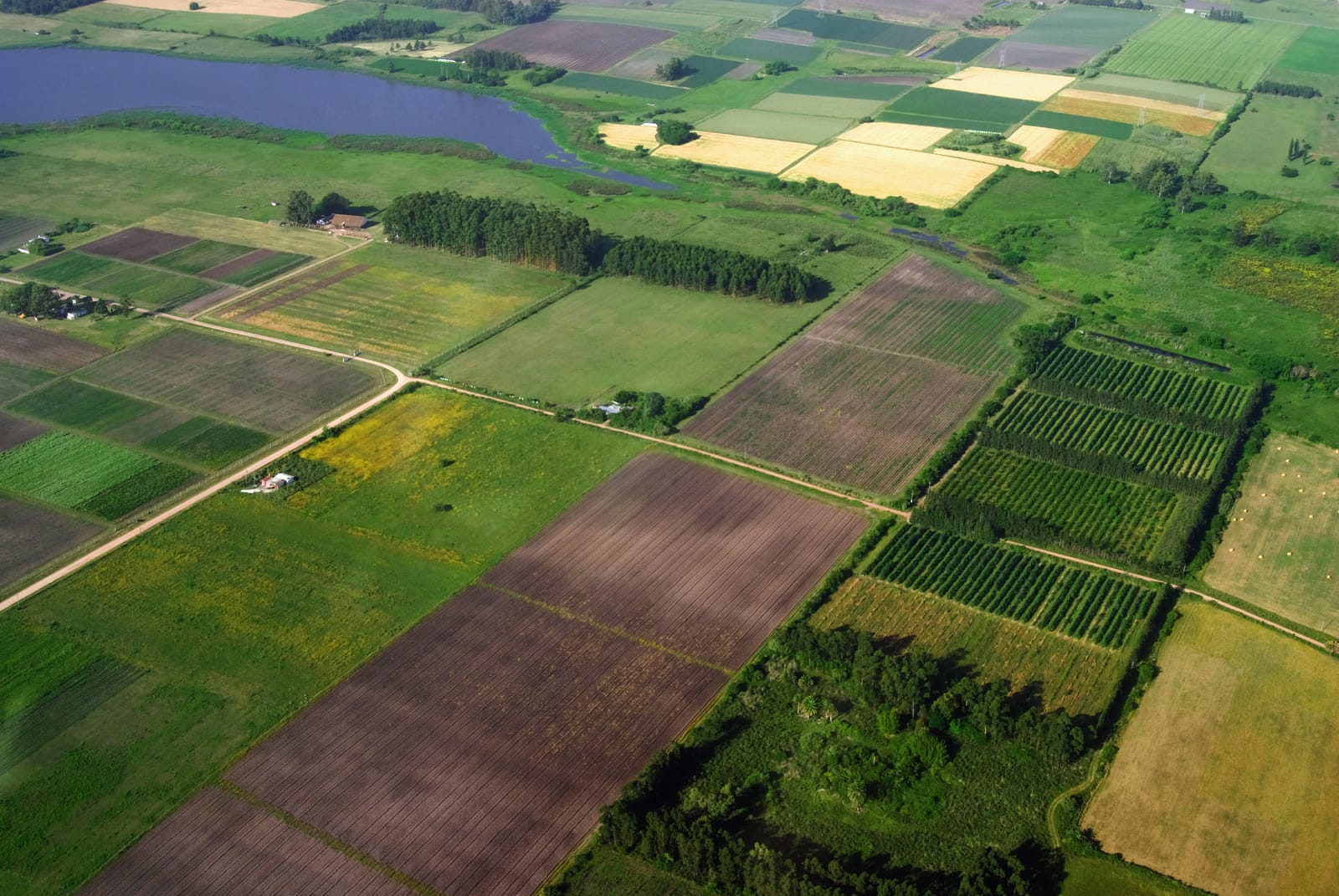Introduction: A Nation’s Land at a Crossroads
Canadian agriculture stands at a critical juncture, confronting unprecedented environmental pressures while simultaneously harnessing transformative innovations. The sector is under acute stress from a rapidly changing climate, which is exacerbating the degradation of our vital soil and water resources. At the same time, a new era of sustainable farming is emerging, driven by the complementary paradigms of regenerative and precision agriculture. This is the full story of the challenges and opportunities shaping the future of farming in Canada.
Part 1: The Shifting Landscape – Environmental Pressures
The foundational assumptions that have guided farming for generations—predictable seasons, stable water supplies—are being systematically eroded.
A Climate in Flux
A warming climate is introducing a new reality of volatility and risk. While the growing season may be getting longer, this is offset by more frequent and severe droughts, floods, and heatwaves across all major agricultural regions. As Canada’s Climate Atlas highlights, these extremes threaten crop yields and livestock health, making farming more unpredictable than ever.
The Foundation at Risk: Soil and Water
The long-term viability of Canadian agriculture depends on the health of its soil and water. A 2024 Senate Committee on Agriculture and Forestry report, “Critical Ground,” sounded the alarm, concluding that soil degradation is a systemic risk to the sector. This is compounded by growing water stress, as climate change intensifies the need for irrigation while simultaneously reducing water availability in key regions.
Agriculture’s Carbon Ledger
The agricultural sector is a significant contributor to Canada’s national greenhouse gas (GHG) emissions, responsible for approximately 10% of the total. These emissions come primarily from methane from livestock and potent nitrous oxide from fertilizer use. However, the sector is also a potential climate solution. In 2021, it is estimated that Canadian agricultural soils sequestered 18 megatonnes of CO2 equivalent, offsetting about 26% of the sector’s total annual emissions.
Part 2: The Innovative Response – A New Era of Farming
In response to these pressures, Canadian agriculture is entering a period of profound innovation, driven by two key paradigms.
Regenerative Agriculture: Rebuilding from the Ground Up
Regenerative agriculture is a holistic approach focused on actively improving and regenerating the health of the entire farm ecosystem. It is guided by core principles such as minimizing soil disturbance (no-till farming), keeping the soil covered with cover crops, enhancing biodiversity through complex crop rotations, and integrating livestock. These principles, which have deep roots in Indigenous land stewardship, aim to rebuild soil vitality and create more resilient and profitable farms.
Precision Agriculture: Data-Driven Cultivation
Complementing the ecological focus of regeneration is the technological revolution of precision agriculture. This approach uses a suite of advanced tools like GPS, sensors, drones, and AI to manage a farm with surgical accuracy. By observing and measuring in-field variability, farmers can apply inputs like seed and fertilizer with Variable Rate Technology (VRT), leading to significant gains in efficiency, profitability, and environmental performance.
Part 3: The Socio-Economic Imperative
The transition to sustainable agriculture is not just a scientific challenge; it is fundamentally shaped by economics, policy, and people.
The Business Case for Sustainability
The economic benefits of sustainable systems are clear. Regenerative practices can dramatically reduce input costs for fertilizer and water as soil health improves. However, the transition period presents a formidable barrier, often involving high upfront capital costs and the risk of temporary yield dips. This has created a “valley of death” that is difficult for individual farmers to cross without support.
The Role of Government
Recognizing this challenge, governments have created a policy scaffolding to support the transition. The primary vehicle is the Sustainable Canadian Agricultural Partnership (SCAP), a five-year, $3.5 billion agreement between federal, provincial, and territorial governments. Within this, programs like the On-Farm Climate Action Fund (OFCAF) provide direct financial support to farmers to help them adopt specific beneficial management practices.
The Consumer Connection
There appears to be a significant disconnect between consumer values and purchasing behaviour. While surveys show a strong public interest in sustainably produced food, affordability consistently emerges as the dominant factor in purchasing decisions. This creates a difficult paradox for farmers, who are encouraged to adopt more sustainable practices but receive a weak and contradictory signal from the marketplace.
Conclusion: Charting the Path Forward
The path to a resilient and prosperous agricultural future requires a strategic, coordinated, and systemic transformation. The most formidable barriers are not technical but socio-economic. Overcoming them will require modernizing financial support programs to directly compensate farmers for delivering environmental outcomes, launching a coordinated national action plan for digital agriculture to close the rural internet gap, and developing innovative “transition finance” products to help farmers cross the “valley of death.” By embracing a vision of integrated, technology-enabled, and ecologically-grounded agriculture, Canada can secure its food system, strengthen its rural economies, and solidify its role as a global leader in sustainable food production.

